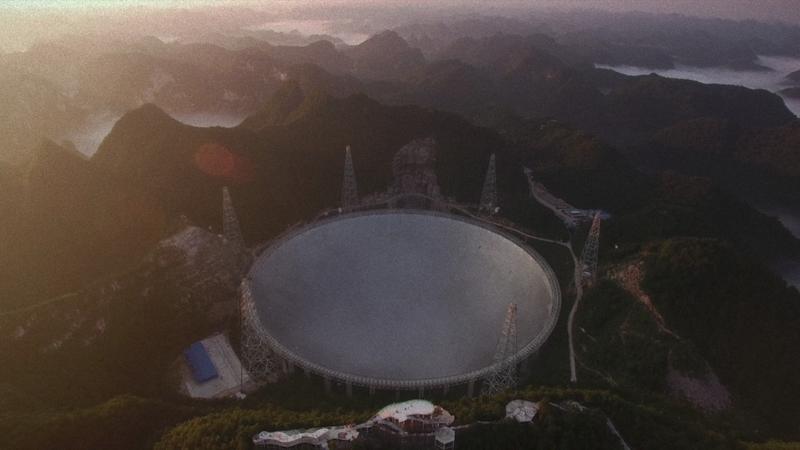 In Sonata for Smoke, Samson Young Kar-fai embarks on a project to capture the sound of smoke. Both works are featured in the film program shown at Art Basel Hong Kong 2022. (PHOTO PROVIDED TO CHINA DAILY)
In Sonata for Smoke, Samson Young Kar-fai embarks on a project to capture the sound of smoke. Both works are featured in the film program shown at Art Basel Hong Kong 2022. (PHOTO PROVIDED TO CHINA DAILY)
At the risk of stating the obvious, the films program of the just-concluded Art Basel Hong Kong (ABHK) was very much of a piece with the city’s flagship annual international art fair. In keeping with the usual pattern, while many of the paintings and sculptures lining the halls of the Hong Kong Convention and Exhibition Centre for five days were inherently unconventional or confronting, the films went a step farther. Cinema has a fundamental structure that artists take great glee in challenging, and this year’s shorts and installation works didn’t break with that tradition.
Curated by Beijing multimedia artist and producer Li Zhenhua along with artists from Videotage in Hong Kong, including Myra Chan, Chung Wing-shan and Aaron Lam, the 2022 lineup (which screened at the Hong Kong Arts Centre) kicked off with a range of films by artists exploring the concepts of physical and mental mobility — no surprise there after more than two years of stagnation in most corners of the world.
The eight-film Bird With No Legs program and associated highlights included a work by acclaimed Canadian artist Hajra Waheed, known for her signature exploration of power structures, surveillance and colonial trauma. The artist departs from her usual themes in The Spiral, a mediation on literally form. Local Sigg Prize winner Samson Young’s experimental Sonata for Smoke connects form and sound using one of the world’s most ethereal materials: smoke.
 Pyramids and Parabolas II continues Alice Wang Ninghui’s exploration (begun in 2017) of how humans communicate with the unknown universe through geometric structures. (PHOTO PROVIDED TO CHINA DAILY)
Pyramids and Parabolas II continues Alice Wang Ninghui’s exploration (begun in 2017) of how humans communicate with the unknown universe through geometric structures. (PHOTO PROVIDED TO CHINA DAILY)
The standouts this year, however, were Ting-Tong Chang’s Betelnut Tree, Bird’s Nest Fern and Giant African Snail, and Alice Wang’s Pyramids and Parabolas II. Chang’s film, which is part of a larger installation, chronicles his 14-day stay in a mountainous region of Taiwan with a local hunter of Amis ethnicity. Chang links the three so-called indigenous items to each other, to the Amis, and to a wider human history that recontextualizes them all through a sociopolitical lens. At a time when people everywhere are demanding greater accountability for individual actions in the present as well as the legacies entire systems and cultures leave behind, Chang’s film is a timely reminder that colonial trauma comes in many shapes and is found in all corners of the globe.
Wang has created a body of work rooted in exploring the intersection of science, technology and myth — also timely considering the rise and acceptance of science skepticism over the past two years. Wang began her series in 2019, and in Pyramids and Parabolas I she used a soundtrack of space noise — archival NASA radio transmissions from celestial objects — to explore our relationship with the cosmos through geometric structures. In Pyramids and Parabolas II, Wang explores how we understand matter, and so ourselves, through tactile materials, and then goes a step further to represent those materials in filmic language.
Wang’s work was perhaps the most abstract in this year’s program, but like Chang’s, it is intensely contemporary. Her mathematical approach to philosophical contemplation is nearly the polar opposite of the thinking for large swaths of our collective culture right now, making Pyramids and Parabolas II one of the most vital inclusions in ABHK’s program.


